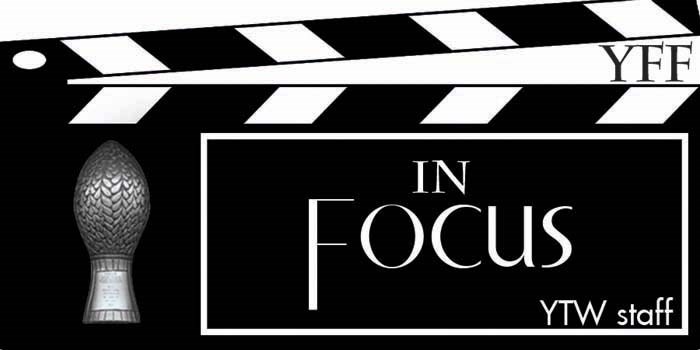If one speaks to anyone from the Yorkton Film Festival, they will often remind you that it’s more than a weekend in May, that the festival has a large amount of programming spread through the year. As I type, we are in the lead up to Remembrance Day, where we as Canadians remember the sacrifices made by our country’s veterans. In 2015, in collaboration with Heritage Canada, YFF arranged a series of screenings across Canada of short films to commemorate the 100th anniversary of WWI, the 75th of WWII, and to honor the soldiers of the past in a manner most appropriate for a film festival.
The films screened were different depending on the event, the crowd, and the focus of the guest speaker they invited. One of those films was The Trenches (dir. Claude Coultier), which was selected for high schools and libraries. The festival aimed their selections specifically at the type of crowd they expected to see at each screening, and decided that for students it made a great deal of sense to go with an animated short.
What’s interesting about this choice is that the animated film is evocative of a silent film from the same era as the war it is depicting. It’s effectively a silent film, lacking distinct voices, relaying the story through imagery, which gets increasingly abstract as the battle gets more intense and chaotic. The tale of a young man in the trenches, it doesn’t exactly try to avoid cliché – we have seen the details time and again, young boy from the farm recruited into the army, excited about what awaits him overseas, gets in over his head as he encounters the brutality of actual combat – but instead focuses on giving the story a unique look, turning it into a film which feels like a memory.
The film is tinted in order to establish mood and place, blue for flashback sequences and shades of brown for the war itself, getting increasingly dark as the events on screen get more violent. Another old technique, one commonly employed in silent films of the era, and quite useful to immediately give the audience an idea of what we’re looking at. The switch between blue and brown is often the most effective trick Coultier employs, a wave crashing against a ship turning into an explosion entirely with his use of colour is a memorable image.
It was an interesting choice to play to the younger crowd, because it is a film that is focused on a very specific time and place. It may feel like a silent, and look like a silent, but that connects it to the era as much as the images themselves do. If our modern perception of what 1915 was like is driven by what artifacts remain from the era, the popular entertainment of the day is going to be part of that understanding. Coultier, through his film, is trying to get a sense of what life is like for his subject, rather than just depict conflict. He does this as much through style as he does through content.


.png;w=120;h=80;mode=crop)

